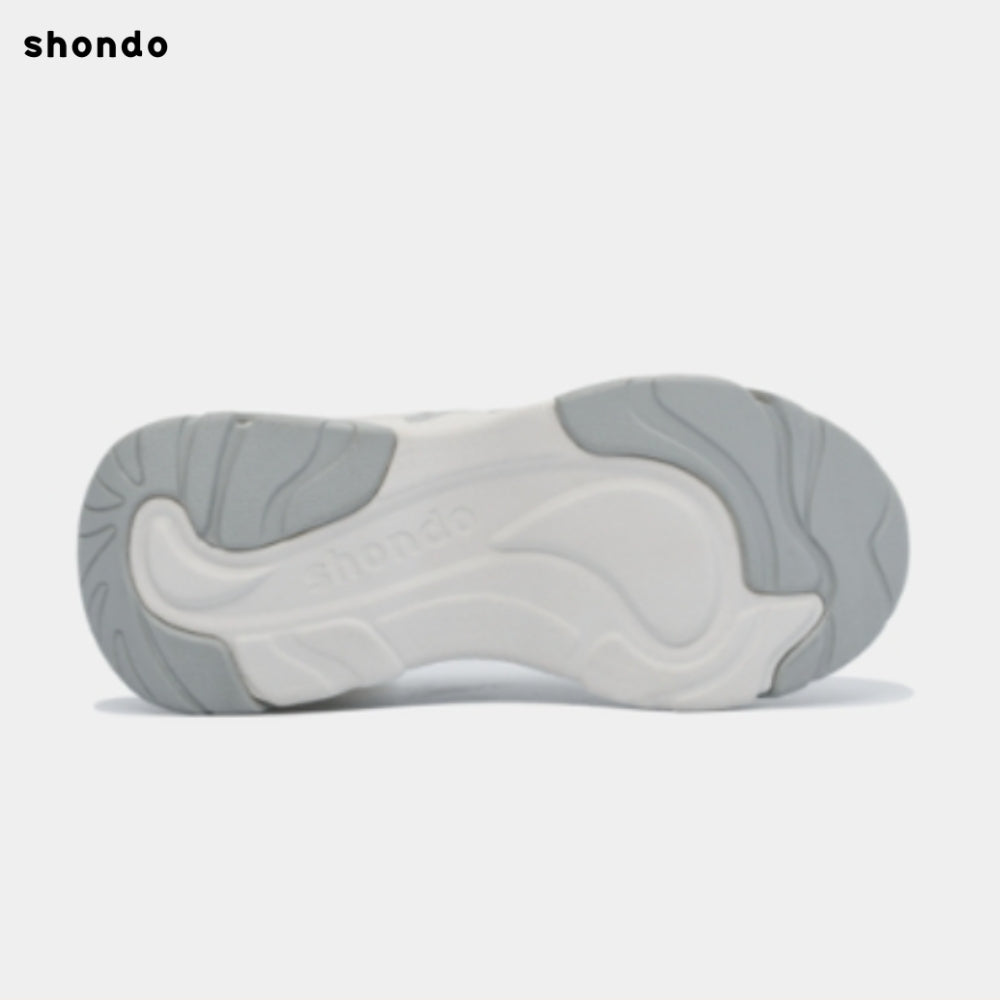Slippery shoe soles are a common problem, causing a lot of inconvenience and danger to users. Understanding this, Shondo Blog will share with you effective ways to prevent shoe soles from slipping so that you can confidently walk on every road.
1. Causes of slippery shoe soles
Understanding the causes of shoe wear will help you take more effective preventive and treatment measures. Here are the main factors that cause shoe soles to lose their original grip:
- Shoe sole wear due to long-term use: This is the most common cause of the above condition. Over time, the details of the shoe's pattern and spikes will gradually wear out, reducing the ability to rub against the road surface.
- Inappropriate sole material: Not all types of shoe soles have good grip. Some types such as hard plastic, shiny leather or poor quality synthetic rubber often have low friction, making them slippery when in contact with water or smooth surfaces.
- Wet, slippery walking surfaces: Even if the soles of your shoes are new and of good quality, walking on wet, slippery surfaces such as wet floors, marble, shiny ceramic tiles or mossy walkways can significantly increase the risk of slipping and falling.
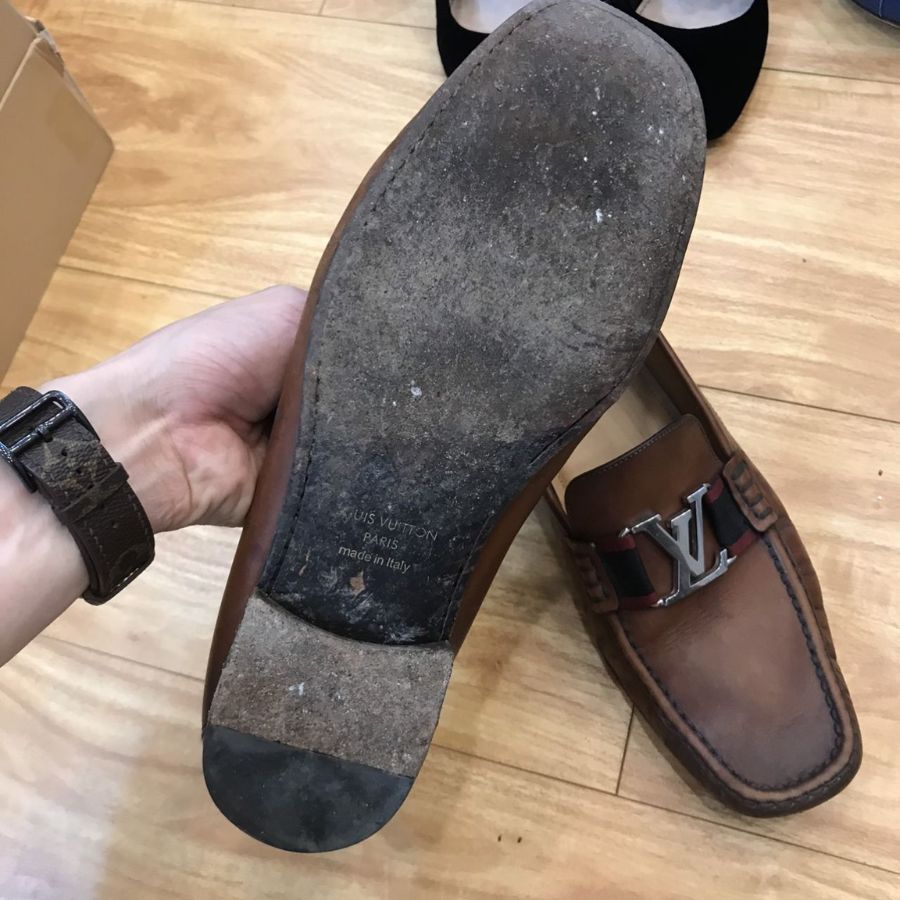
2. What are the negative effects of slippery shoe soles?
Walking in shoes with slippery soles is not only uncomfortable but also has many other potential risks. Before learning how to prevent sole slippage, let's review these negative effects:
- Risk of falling and injury: This is the most direct and obvious consequence. When we lose our grip at first, we can easily lose our balance and fall, especially when moving quickly, walking on stairs, or on uneven surfaces.
- Causes lack of confidence when moving: When we are not sure about the grip of our shoes, we will always feel worried and insecure every time we walk. This affects our gait, making you feel awkward and unnatural.
- Affects gait and bone structure: Especially for children in the development stage, if this happens for a long time, it will affect the development of the bone and joint system, causing permanent deformities.
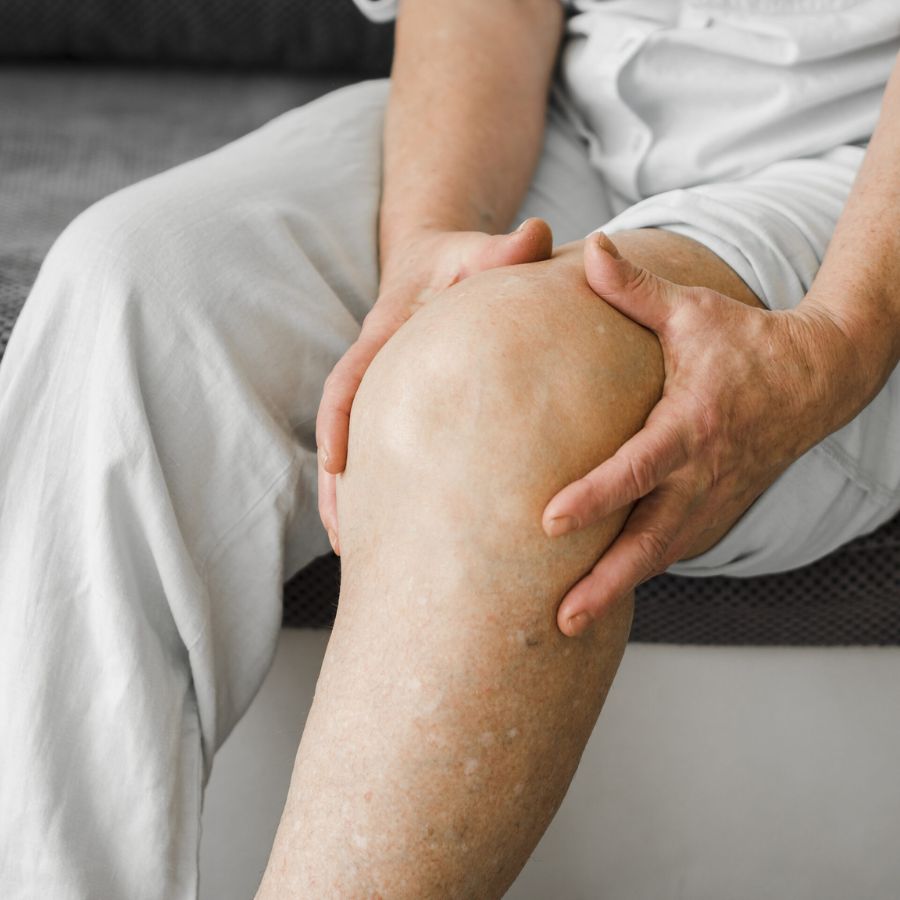
3. Revealing simple and highly effective ways to prevent shoe soles from slipping
Instead of throwing away your favorite shoes, we can apply the following tips to fix it. Here are the most commonly used ways to prevent shoe soles from slipping:
3.1 Using sandpaper
The method is very simple, we just need to use sandpaper to lightly rub the sole surface, especially the heel and toe of the shoe. And rub horizontally, vertically and diagonally to create small scratches.
Note that you should choose a paper with moderate roughness, not too rough to avoid damaging the sole. You should also rub gently and evenly, not too hard in one place. After scrubbing, use a soft brush to remove any remaining dirt and paper dust.
However, it should be noted that this is only a temporary solution. After a period of use, the scratches will wear away and the sole will become slippery again. You need to regularly check and fix it when necessary.
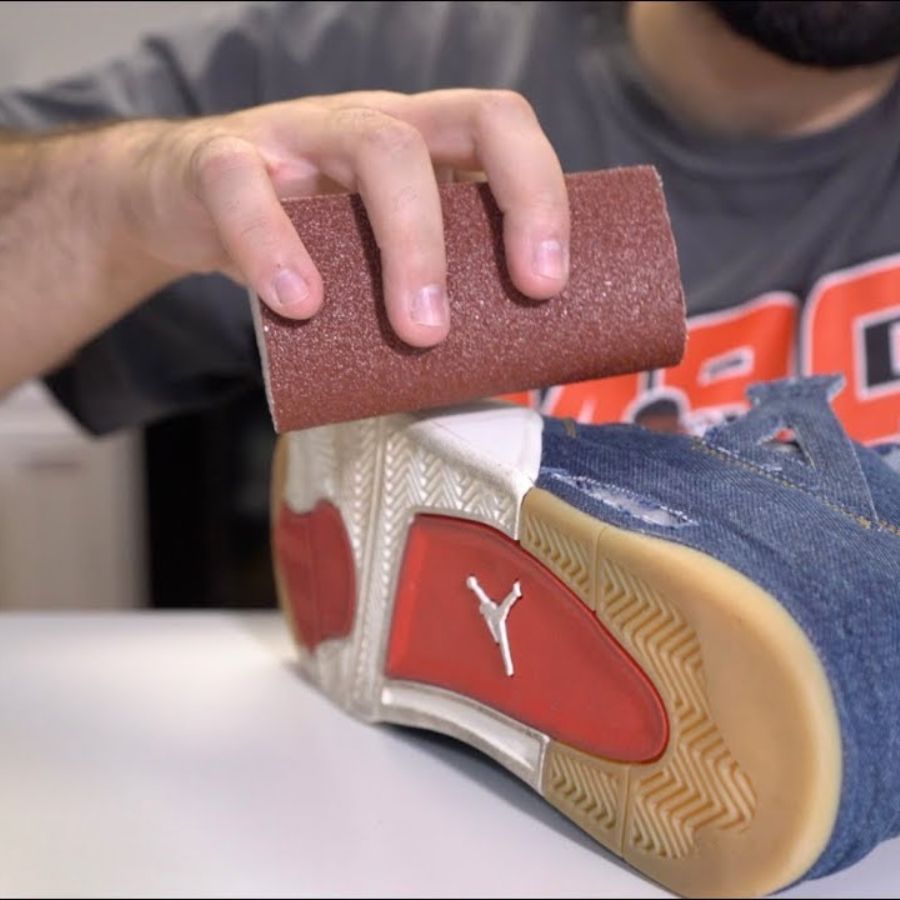
3.2 Nail file options available
If you don’t have sandpaper available, use a nail file instead. Nail files, especially paper ones, have a rough surface that can create small scratches to increase grip.
The method is similar to using sandpaper. You use a nail file to lightly rub the surface of the sole in many different directions. However, because the surface area of a nail file is smaller than sandpaper, it will take you more time and effort to process the entire sole.
Also, nail files have a lower grit, so they may not be as effective at preventing slipping. This method is only suitable for shoes with soft, thin soles, or when you only need to deal with a small slippery area on the sole of the shoe.
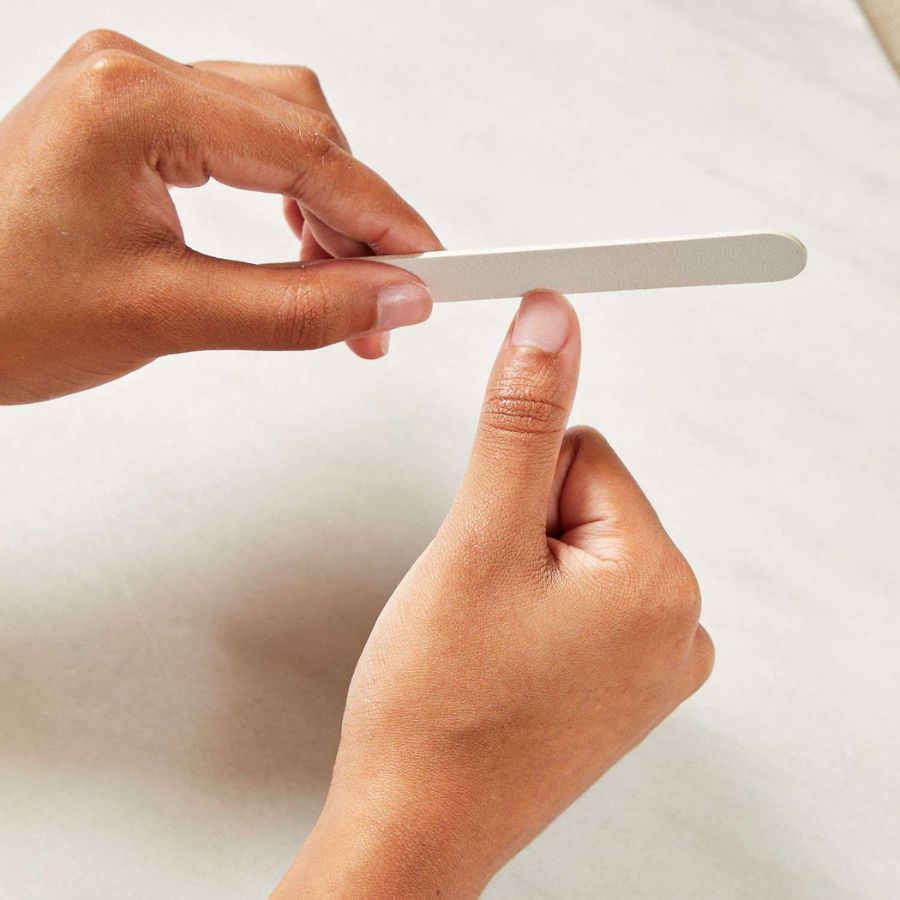
3.3 Using shoe sole stickers
Shoe sole stickers are a convenient and effective solution to prevent slipping. These are products made from rubber or other high-grip materials, specially designed to be stuck to the sole of shoes.
There are many different types from transparent to colored and patterned, both anti-slip and creating highlights for the shoes. You can easily find and buy them at shoe stores, on Shopee, Lazada,...
The method of sticking is very simple. You just need to clean the sole surface, peel off the protective paper behind the patch and stick it firmly on the shoe sole. Note that you need to press the patch firmly to ensure the best adhesion.
However, after a long period of use, the patch may peel off, especially when exposed to water. You need to regularly check and replace the patch when there are signs of peeling off.
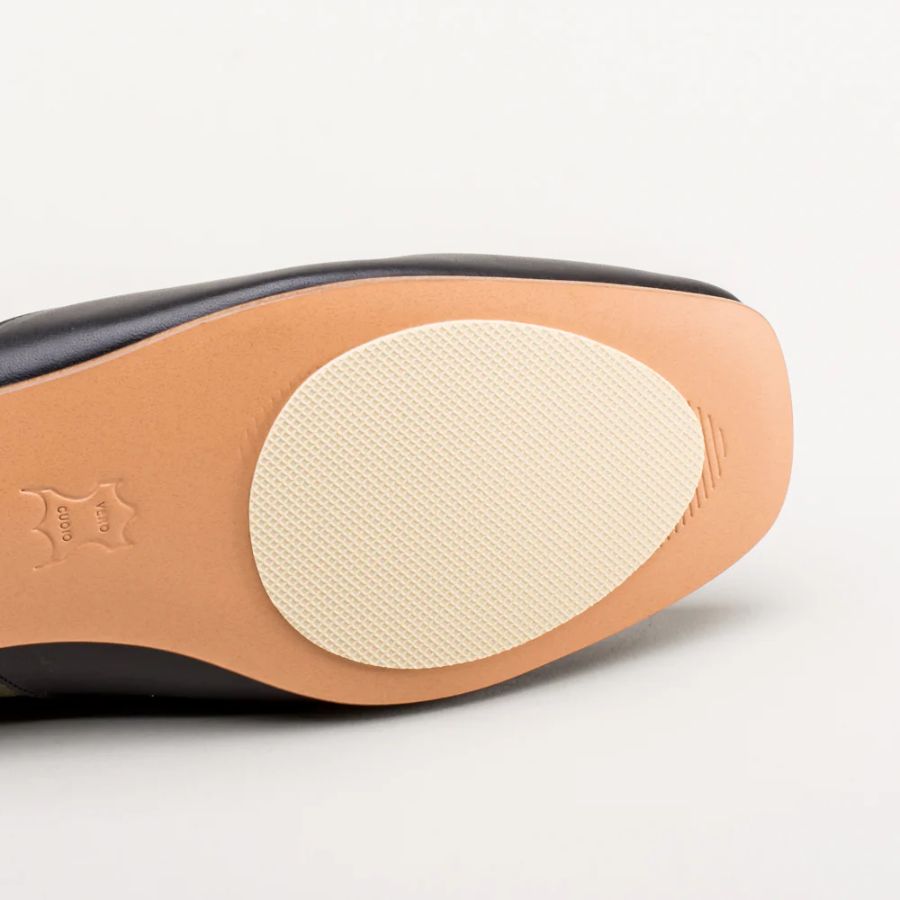
3.4 Adhesive tape is also a good choice.
This is a temporary but effective remedy in case you need to prevent your shoe soles from slipping quickly and don’t have any specialized tools available. Masking tape or cloth tape can both provide some grip.
How to do it is as follows. We cut enough tape and stick it on the sole of the shoe in an X or checkered shape and you're done. However, they are very easy to peel off when in contact when you move a lot.
In addition, tape will leave unsightly glue marks. Therefore, you should only use it in emergencies and replace it with another method as soon as possible.
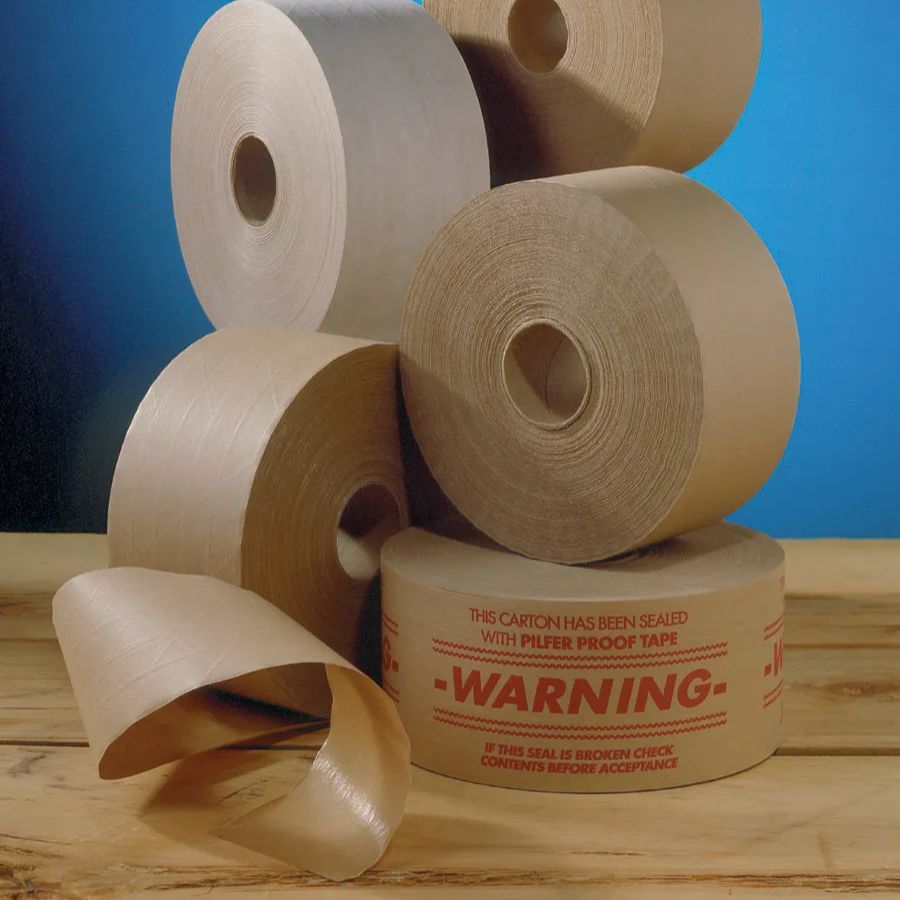
3.5 Select rough surface for processing
Another simple way to increase the grip of the shoe sole is to take advantage of the rough surfaces available around. You directly rub the sole on the sidewalk, road surface, other rough surfaces to create a scratched surface.
This method is very simple and inexpensive. However, the anti-slip effect is not high. Rubbing the sole of the shoe on a hard surface will wear the shoe faster, especially with shoes with soft soles.
Besides, we need to pay attention to choose a clean area, avoid rubbing shoes on places with grease, chemicals, or sharp objects because they will damage your beloved shoes.
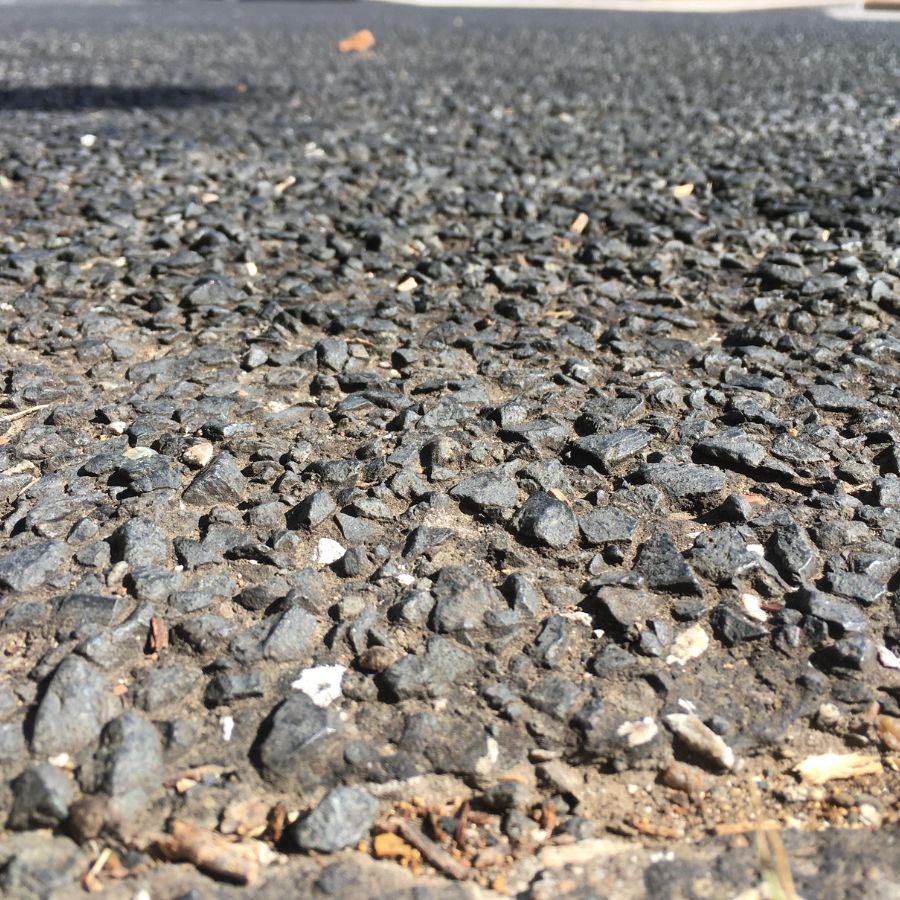
3.6 Replace the shoe sole immediately
If the sole is too worn and the above measures are not effective, replacing the shoe sole is the best solution.
We can take it to a professional repair shop. The shoe repairman will advise you on the type of sole that best suits your needs. The cost of replacing the sole depends on the material, but it is usually much cheaper than buying new shoes.
To make things more optimal, you should choose a sole made of natural rubber with many grooves to increase grip and drainage.
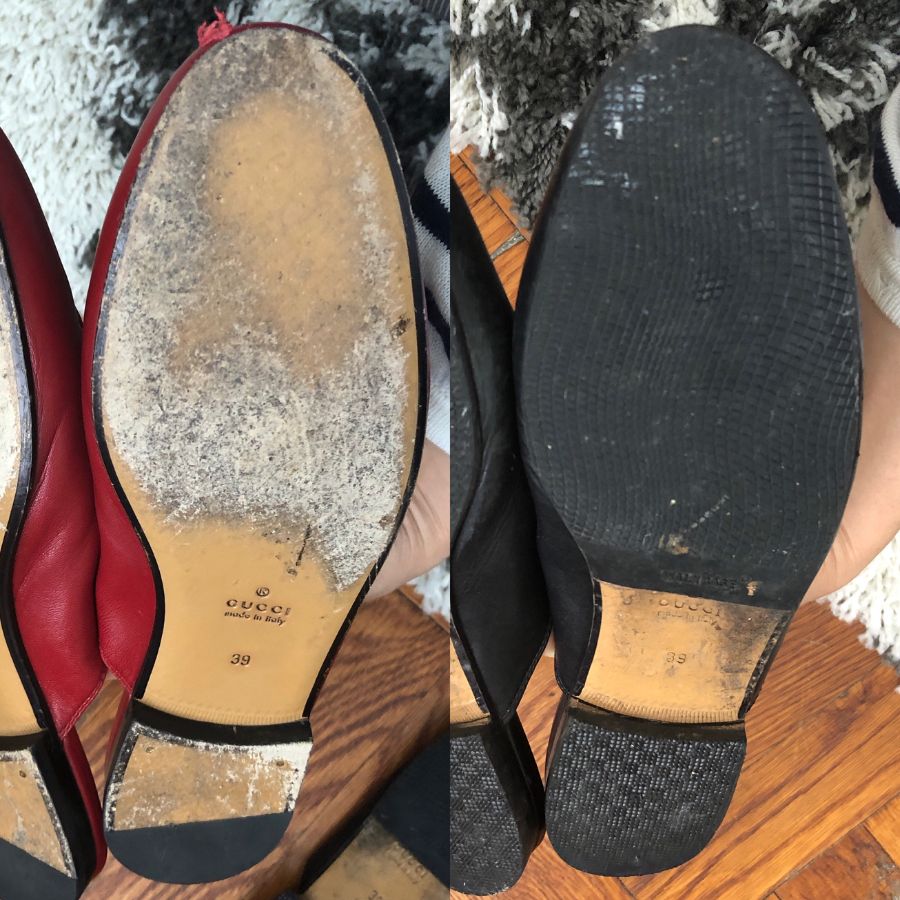
4. Things to note when choosing shoes to minimize slipping
In addition to applying anti-slip shoe soles , choosing the right shoes from the beginning will help you limit the risk of slipping. Here are some important notes:
4.1 Always check the sole of the shoe before wearing it.
First, let's look at the design of the sole. The sole should have many deep grooves and grooves that are evenly distributed across the surface. More specifically, the grooves and grooves are designed in multiple directions to create good friction on many different types of terrain.
Next, touch the sole to feel the material. The sole should be made of natural rubber. Because this material has good elasticity, grip and is more durable than synthetic rubber.
Finally, try to bend the sole. Of course, a good sole will have stable flexibility. On the other hand, we should not choose a sole that is too soft, which reduces stability and makes the product easily deformed.
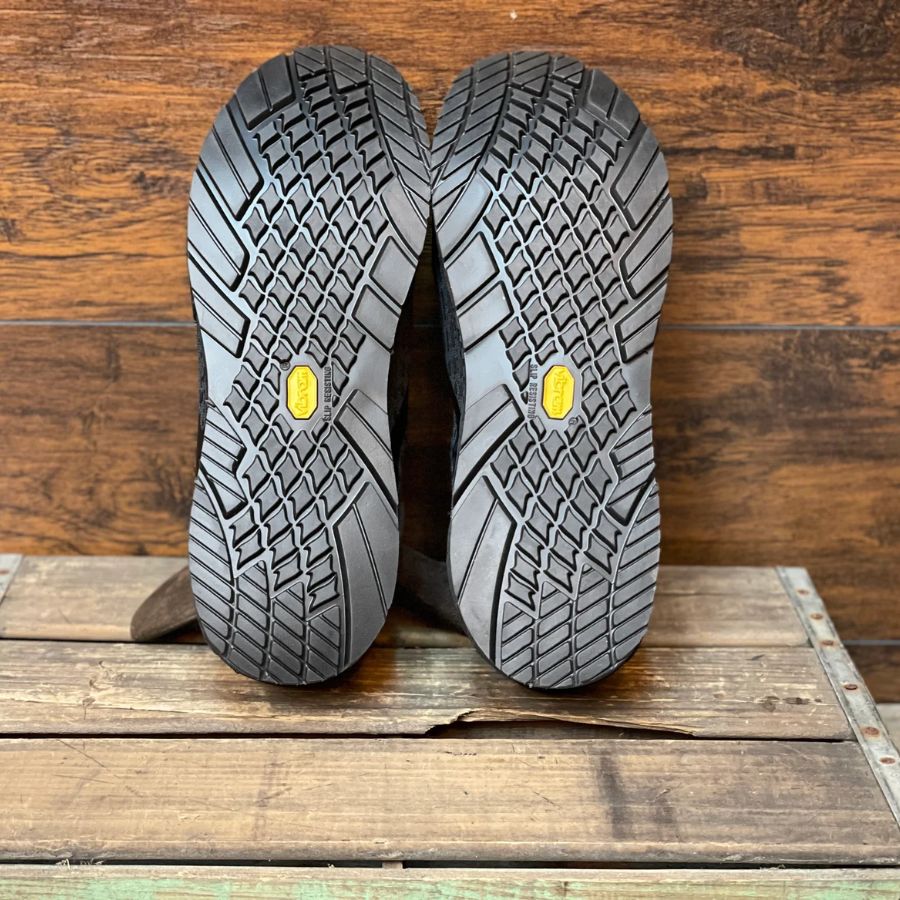
4.2 Consider choosing the right sole height
There are many new shoe designs on the market today. If you are not used to wearing high heels, you should look for shoes with thick, flat soles. They will help distribute your weight evenly and still maintain good grip.
If you still want to wear high heels, choose shoes that are about 7cm high and have a thick heel. Avoid wearing stilettos higher than 7cm and wearing them on uneven surfaces.
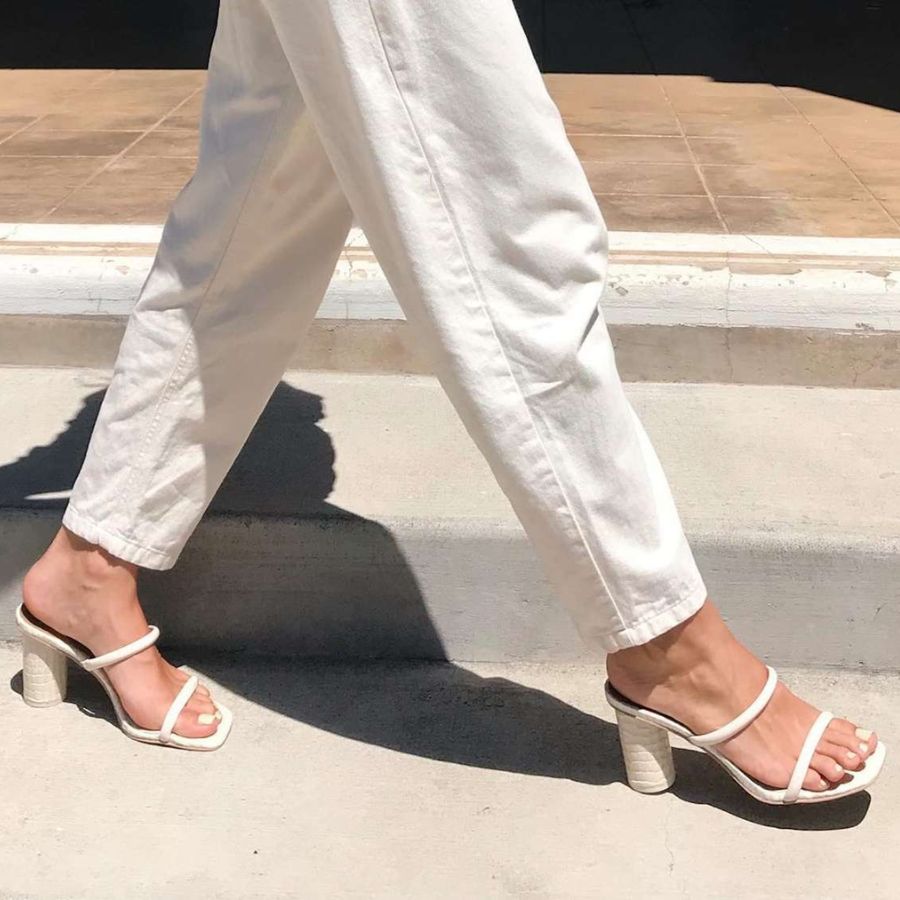
4.3 Seek the intervention of an experienced person
If you are unsure about how to choose non-slip shoes, do not hesitate to ask for advice from experienced people. Sales staff at reputable stores are well trained in the products and will give you useful advice.
You can also consult your friends and relatives, especially those who regularly wear sports shoes. They will share with you many practical experiences about the types of shoes with good grip suitable for each type of terrain.
Besides, consulting shoe forums and groups is also a useful source of information. You look for reviews, compare different types of shoes and ask questions to find many answers.
Remember that everyone has different feet and different shoe needs. So don't just rely on other people's advice, but experience and feel for yourself to choose the most suitable shoes.

5. What material is best for anti-slip shoe soles?
The right sole material plays a key role in ensuring grip and safety while walking. Here are some common types of materials:
- Natural rubber: The biggest advantage of natural rubber is its superior grip, especially on wet surfaces. In addition, it has good elasticity, helping to absorb impact and bring a comfortable feeling when moving. The abrasion resistance of natural rubber is also very impressive, helping to prolong the life of the shoe sole.
- Synthetic rubber: In general, synthetic rubber is cheaper, lighter, and easier to process than natural rubber. However, the slip resistance of synthetic rubber is often not as good as that of natural rubber.
- Polyurethane (PU): The advantages are high durability, good shock resistance, helping to protect the feet from strong impacts. PU shoe soles are also waterproof and easy to clean. However, PU's anti-slip ability is not as good as natural rubber, especially on wet surfaces.
- Ethylene-Vinyl Acetate (EVA): Provides ultra-light weight and a comfortable feeling when moving. EVA's shock absorption is also very good, helping to protect joints and reduce fatigue when walking for long periods of time.
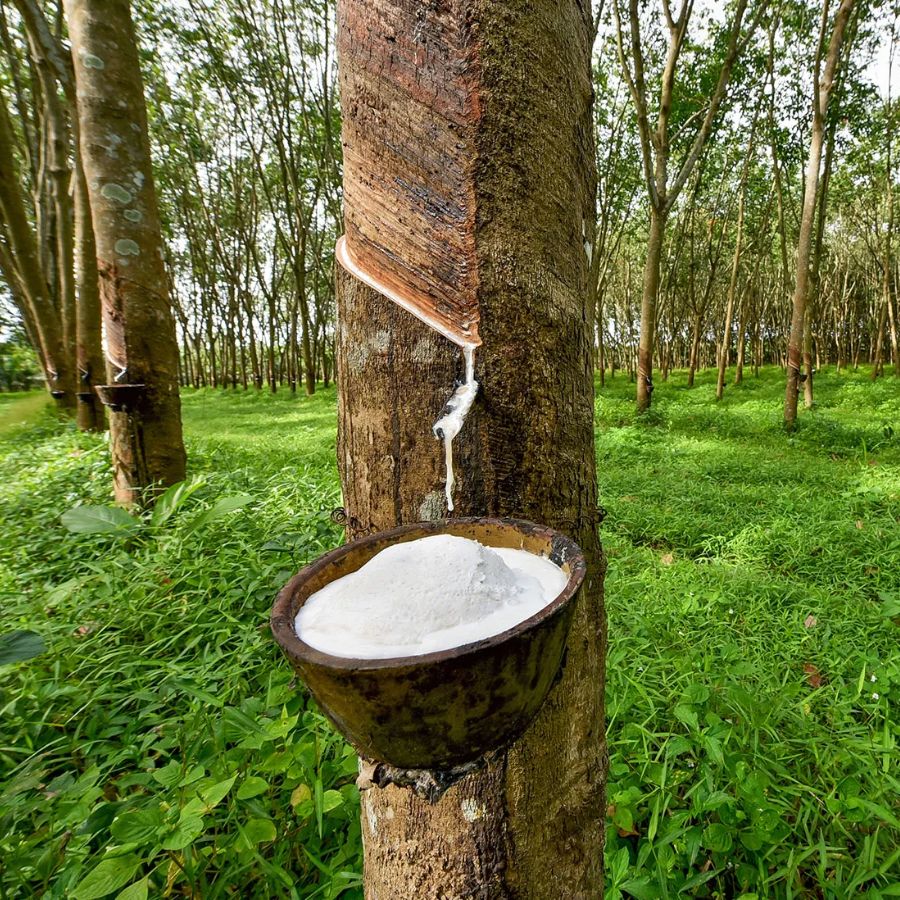
6. Conclusion
Above are some simple ways to prevent slipping on shoe soles that you can apply right at home. Apply them now and pay attention to choosing the right method to increase efficiency, move confidently and enjoy life to the fullest.
Related Articles

Nếu bạn đã và đang sở hữu cho mình đôi giày ballet sneaker nhưng vẫn chưa biết outfit nào phù hợp. Xem ngay bài viết này với 5 cách phối đồ với giày ballet sneaker đẹp không có điểm trừ cùng Shondo...

Squid Game 3 chính thức khuấy đảo trên màn ảnh, bạn đã sẵn sàng ngồi liền 6 tập để xem cuộc chiến sinh tồn lần cuối của Gi-Hun chưa? Dưới đây là combo cuối tuần “chuẩn sinh tồn hiện đại” mà Shondo ...

Phong cách Retro là gì mà được nhiều người săn đón như vậy? Cùng Shondo tìm hiểu qua bài viết sau đây để biết thêm nhiều điều thú vị từ điểm đặc trưng cho đến cách phối đồ như thế nào là chuẩn nhé....

Một trong những trào lưu nổi bật gây sốt trên các cộng đồng yêu thời trang chính là phong cách Maillard. Nhưng điều gì khiến chúng lại có sức hút lớn đến như vậy? Shondo sẽ giúp bạn hiểu rõ hơn về...

Áo Polo nữ - item nghe thì tưởng già nhưng thực ra lại đang quay trở lại mạnh mẽ. Từ sân golf đến sân trường, từ văn phòng đến quán cafe, chiếc áo đơn giản với cổ bẻ đặc trưng này bỗng trở nên đa n...
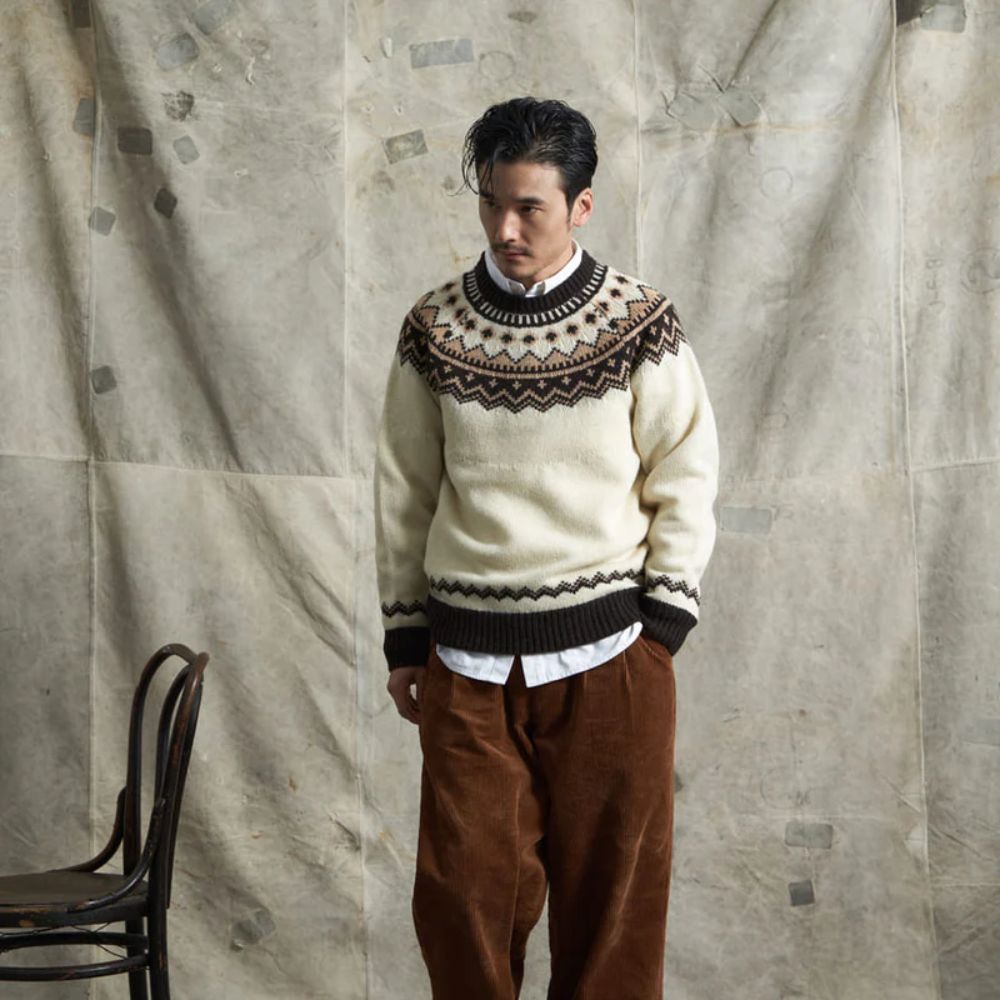
Phối đồ Vintage trong giới thời trang mang đến những nét độc đáo rất riêng. Phong cách này trở thành xu hướng phổ biến không chỉ ở nữ mà còn xuất hiện nhiều ở nam giới. Shondo sẽ cho bạn thấy điều ...

